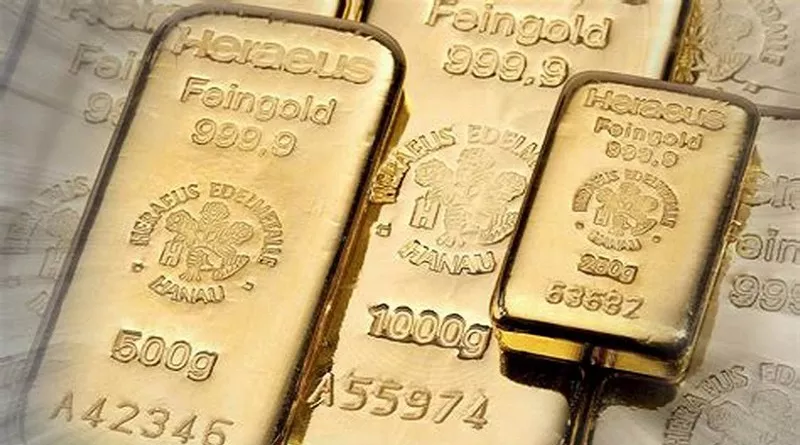Gold has long been considered a steady hedge against inflation, but in recent years it has evolved into a standout performer. While gold’s price showed little reaction when inflation peaked in mid-2022, it surged dramatically starting in October 2023, climbing 83% over the following 18 months. This rally was fueled by a combination of economic uncertainty, geopolitical tensions, and market momentum.
As the economy contracted in Q1 2025 and the full impact of the Trump administration’s tariffs looms, some economists are signaling a potential recession—an environment that historically tends to boost gold’s appeal further.
Here are several popular ways investors can gain exposure to the gold market:
Gold ETFs
Exchange-traded funds (ETFs) offer the simplest and most liquid method to invest in gold. Trading on public stock exchanges, gold ETFs can be bought or sold anytime the markets are open. With the rise of zero-commission brokers, these transactions often come with no fees, aside from a modest expense ratio that slightly reduces returns.
Gold ETFs remove the hassles of physical storage and insurance while providing instant valuation. They are also eligible for inclusion in retirement accounts, which often restrict holding physical bullion or collectibles.
Physical Bullion
Prior to ETFs, owning physical gold bullion—bars, ingots, or coins—was the primary way to invest in gold. Many investors still value having a tangible asset they can physically hold, especially in a world dominated by digital assets.
Physical bullion is typically 99.9% pure and widely accepted, making it easy to buy and sell through dealers. However, secure storage can be costly, and dealers often charge substantial markups on purchases and sales.
Gold Miners
Investing in gold mining companies provides another way to benefit from rising gold prices. These stocks trade publicly like ETFs but carry different risks and rewards.
While mining companies’ stock prices are influenced by gold prices, factors such as operational efficiency, production costs, company earnings, and geopolitical risks also affect their performance. This can result in greater volatility compared to direct gold investments.
Gold Mutual Funds
For investors preferring professional management, gold mutual funds offer exposure to the sector. While some funds invest exclusively in physical gold, many hold a mix of bullion, ETFs, and mining stocks.
Some funds diversify further by including other precious metals like silver, platinum, or palladium. This can reduce risk but may cause the fund’s performance to diverge from pure gold price movements.
Mutual funds often come with higher fees than ETFs or individual mining stocks, which may impact overall returns.
Conclusion
Gold is widely regarded as a “safe-haven” asset, attracting investors during periods of market volatility or economic downturns—such as a potential recession triggered by tariff-related pressures. If the economic contraction seen in early 2025 persists, gold may continue its strong performance and reach new highs.
However, it’s important to remember that all investments carry risk. Most financial advisors recommend allocating only a portion of a diversified portfolio to gold to balance growth potential and safety.


